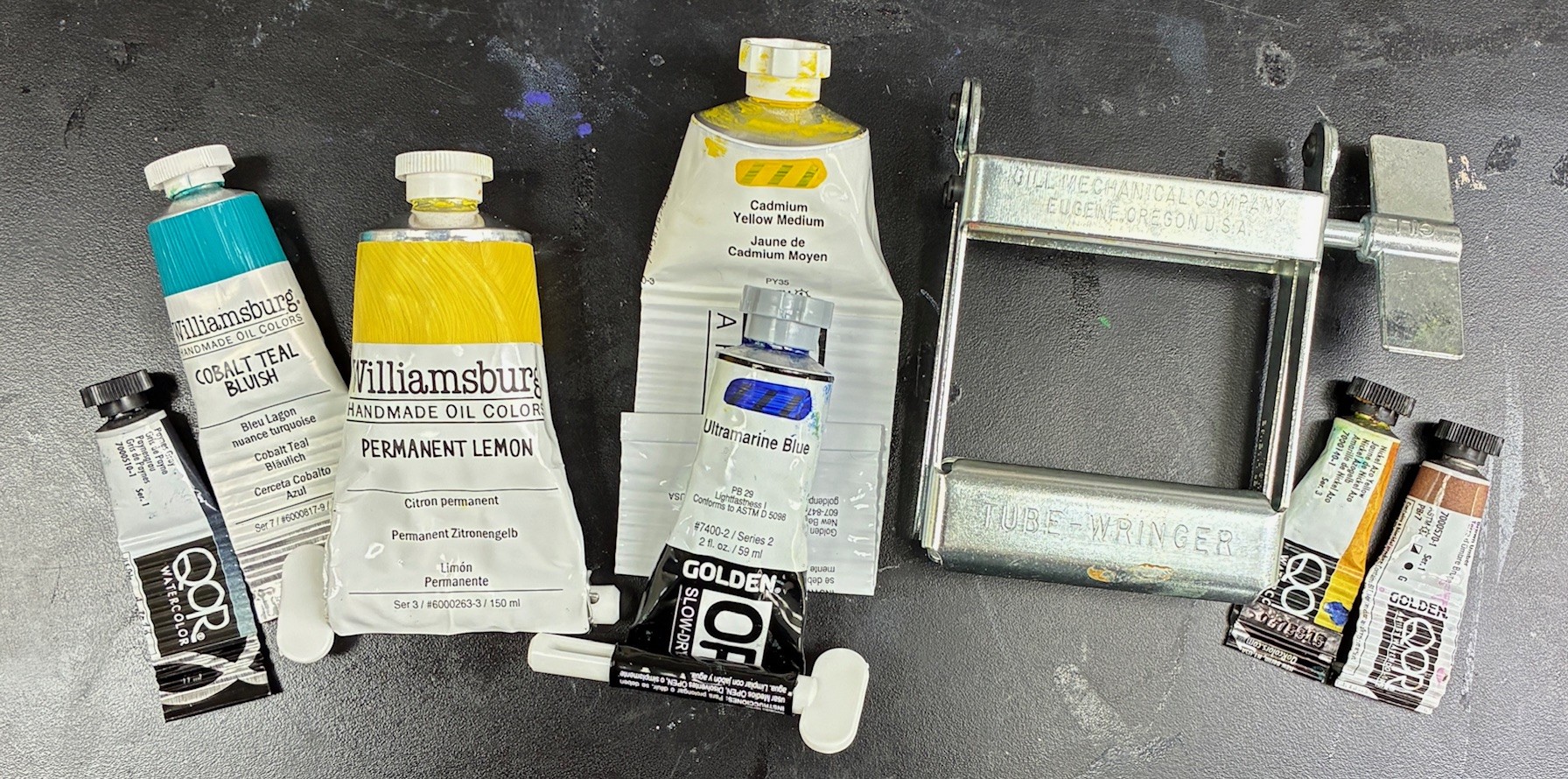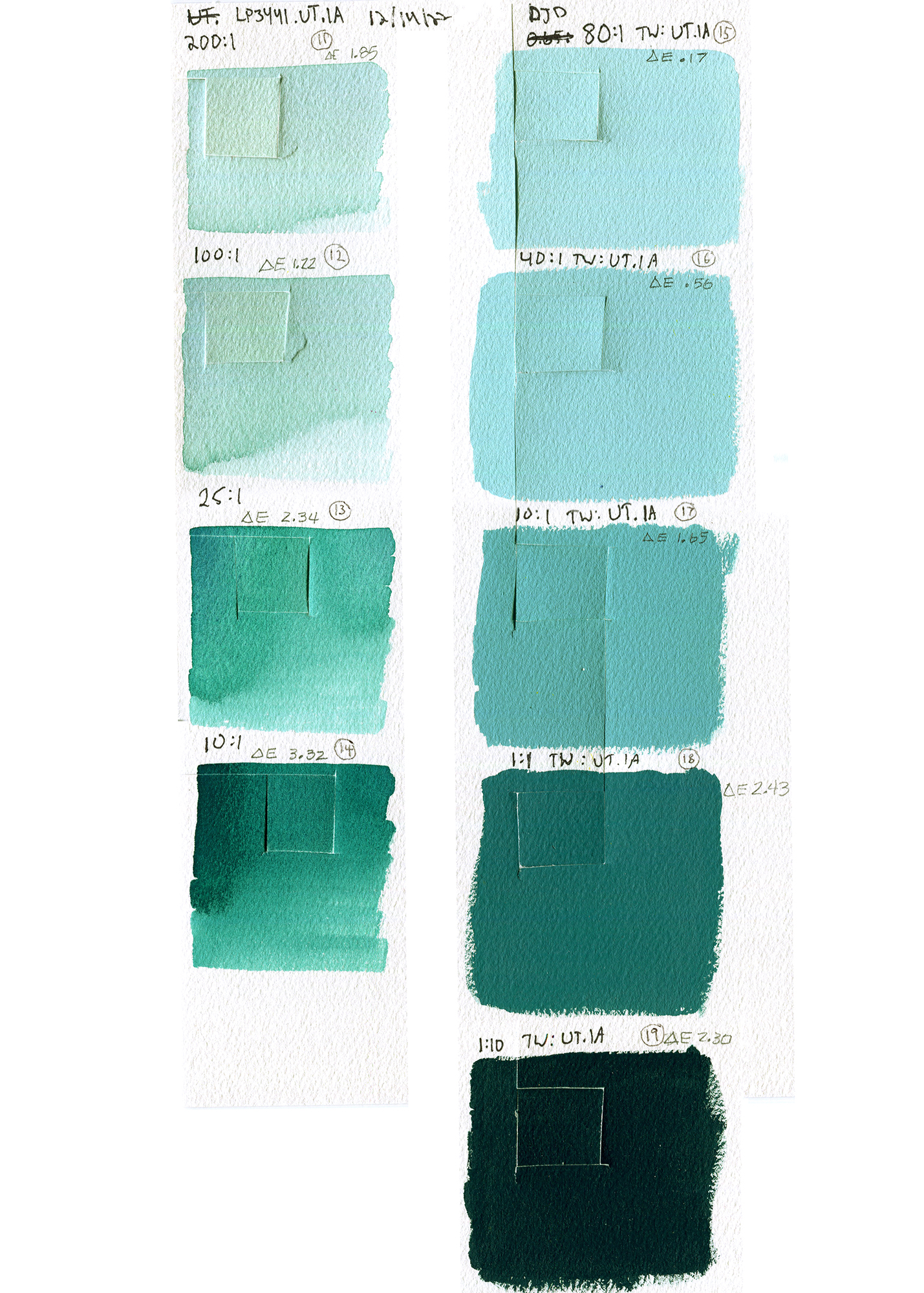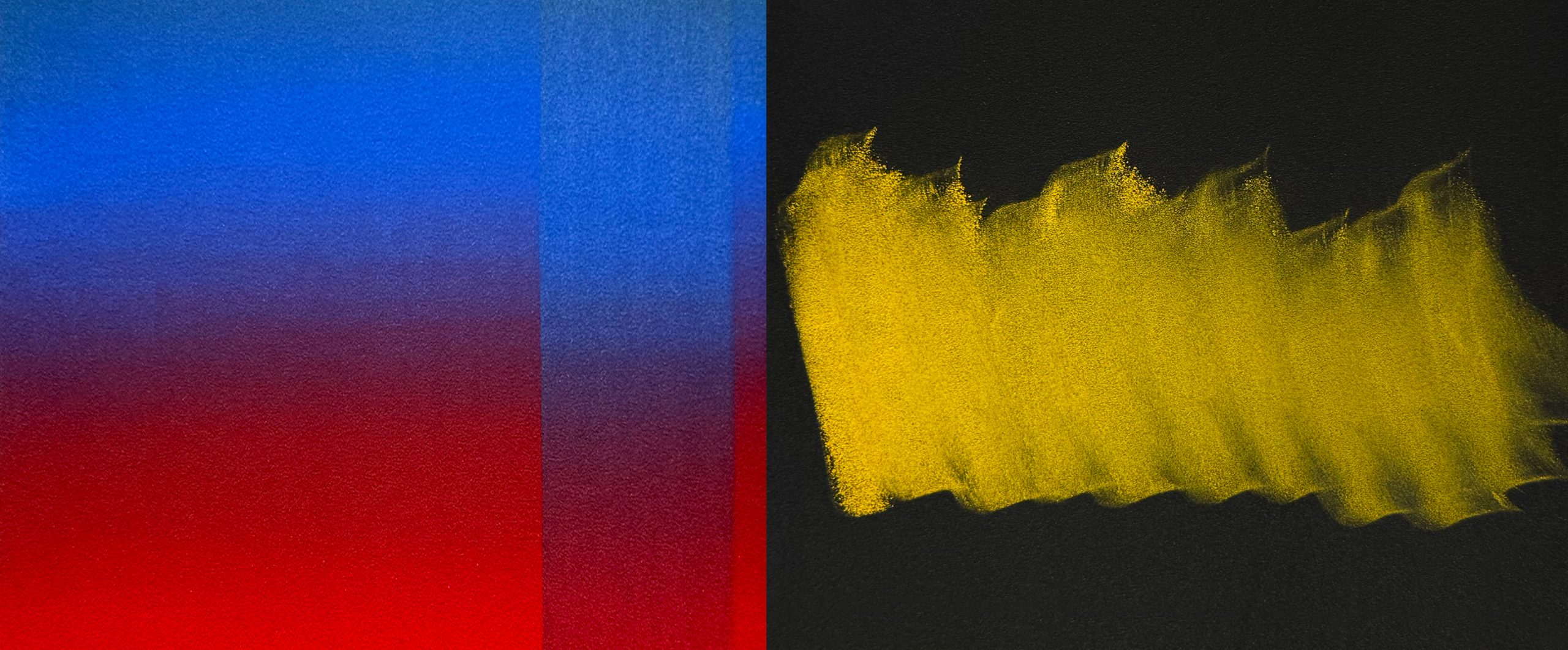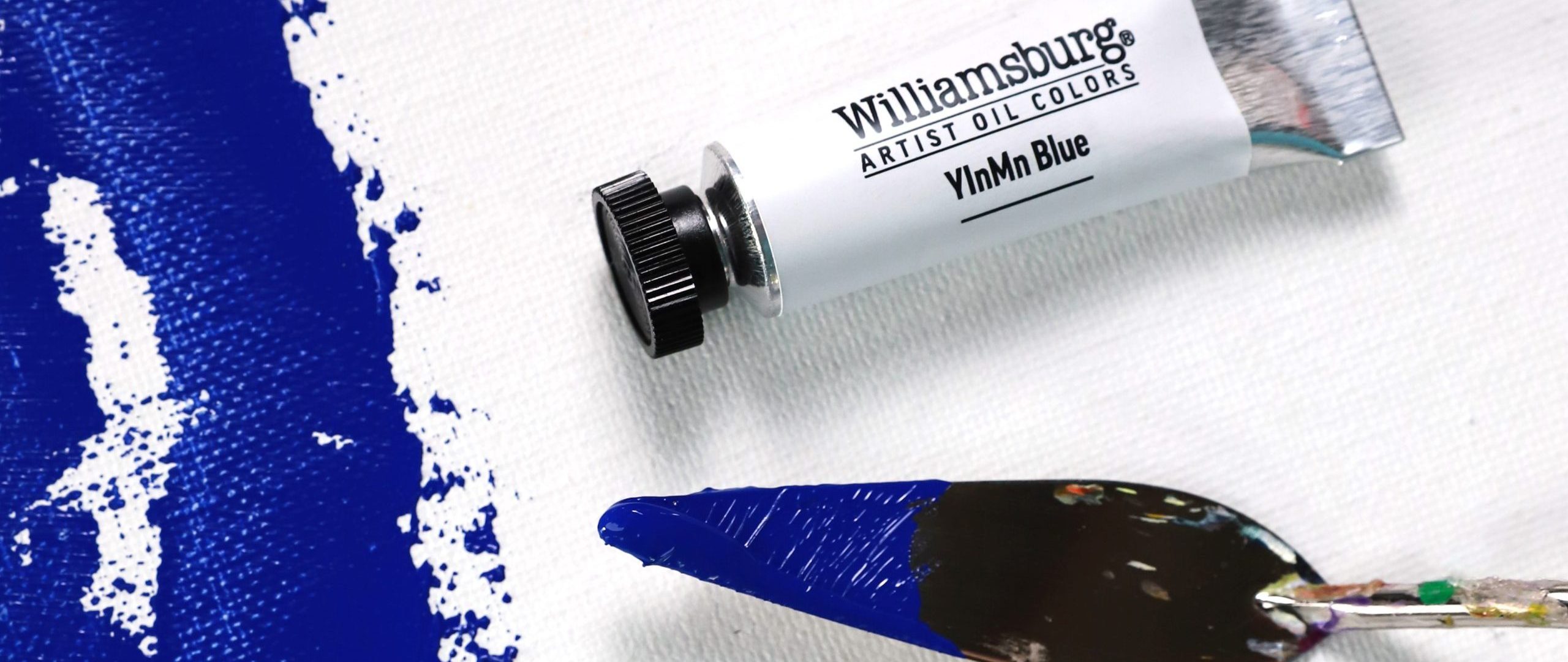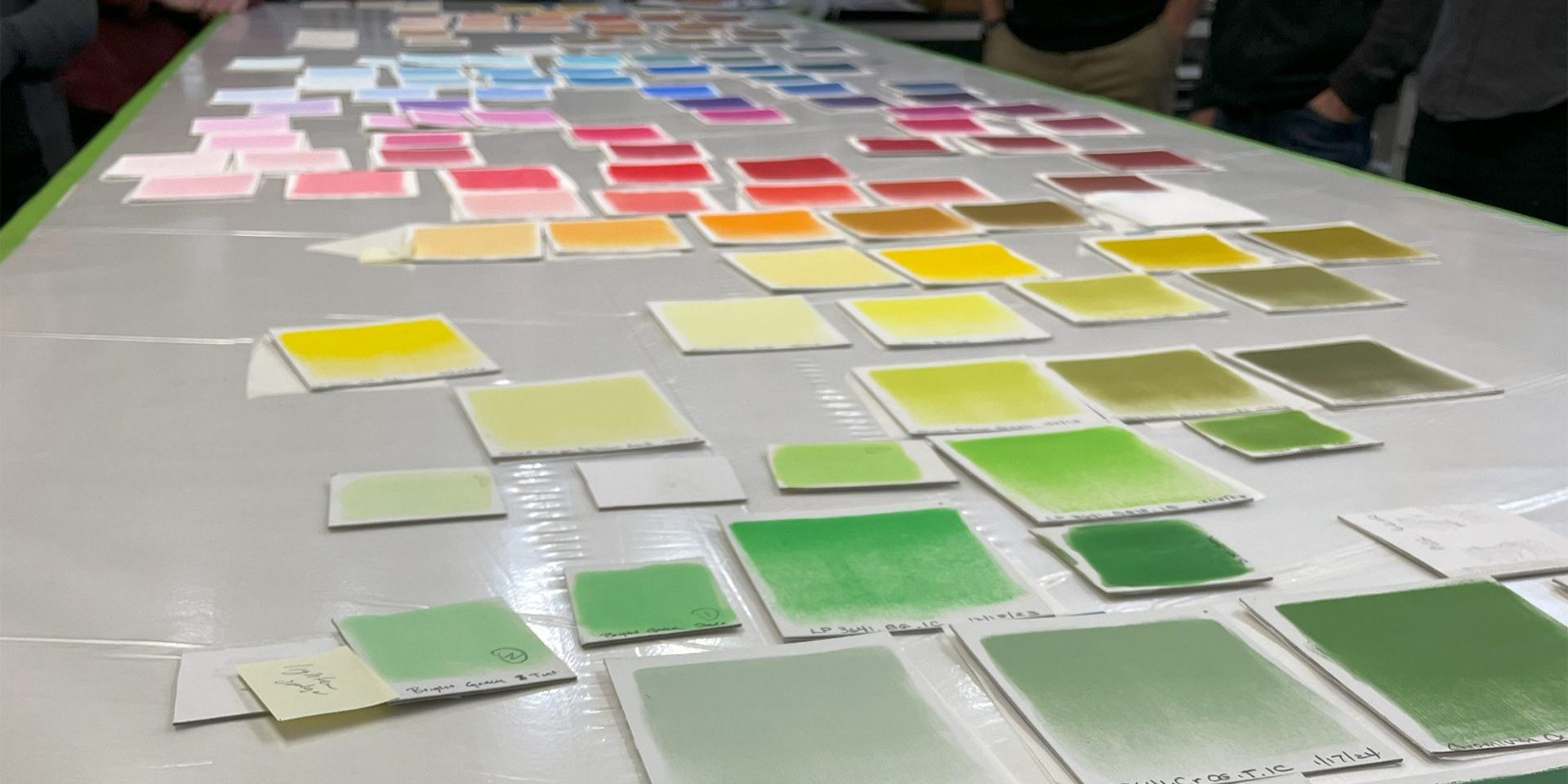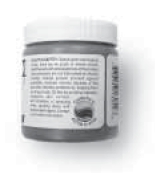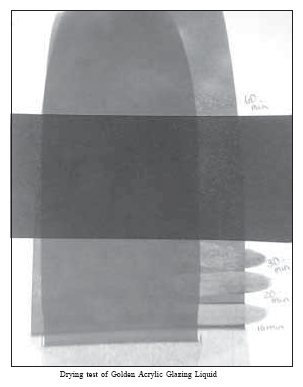
Watching Paint Dry – A way of life at Golden Artist Colors
Golden Artist Colors has been actively involved in research in acrylic paint technology and issues in acrylic paintings conservation for over 14 years. We have contributed research on discoloration of acrylic medium and written many articles on the technical properties of acrylic paint and paint formulation. These have included understanding



